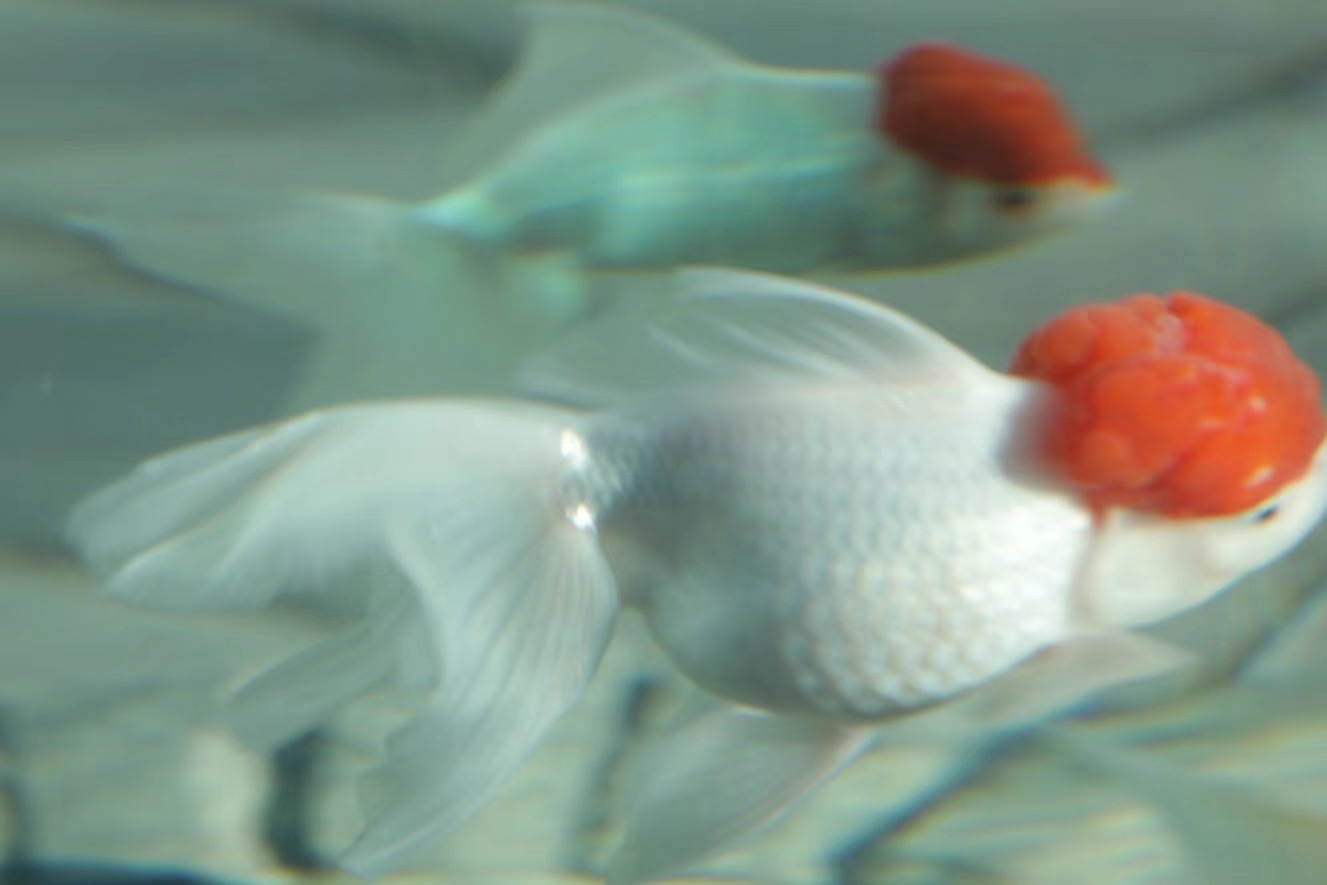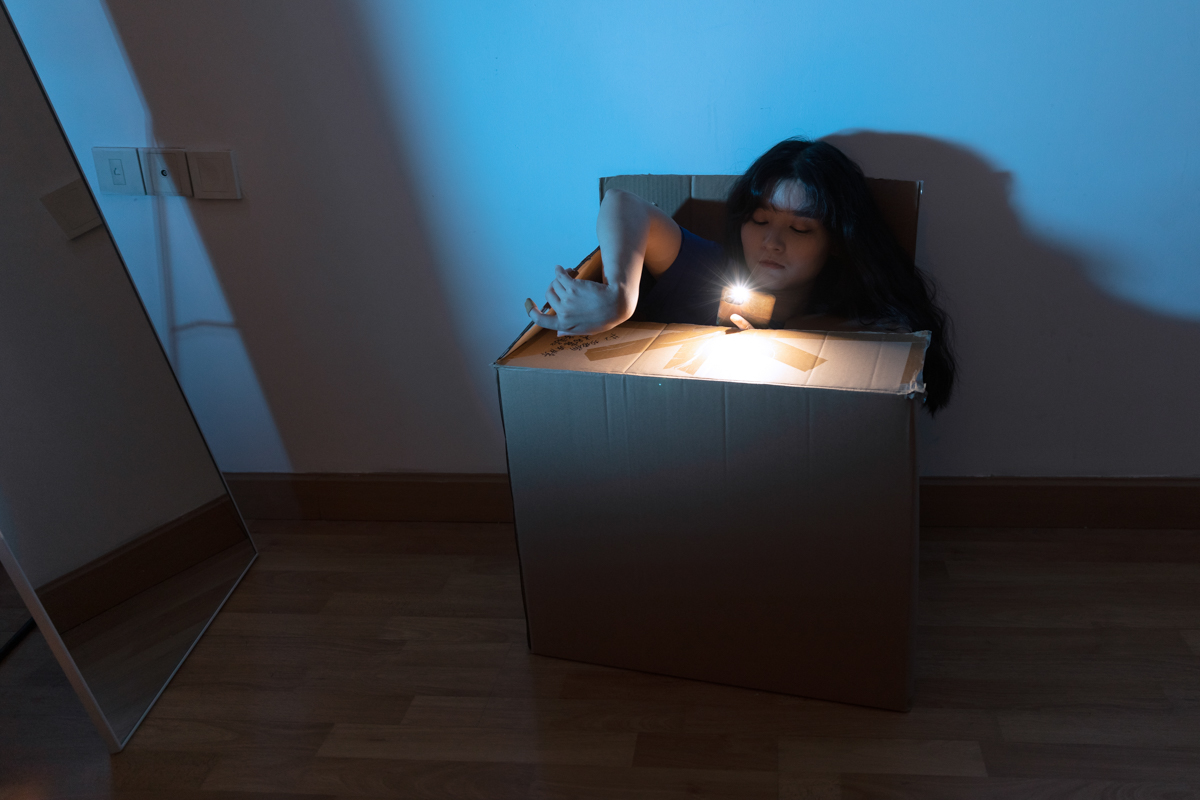We’re excited to introduce you to the always interesting and insightful Tian Liu. We hope you’ll enjoy our conversation with Tian below.
Tian, thanks for taking the time to share your stories with us today I’m sure there have been days where the challenges of being an artist or creative force you to think about what it would be like to just have a regular job. When’s the last time you felt that way? Did you have any insights from the experience?
This is the question that I kept asking myself throughout the past year after finishing my MFA in Photography and Media at CalArts. Being a freelance artist means one person is a team—you are your own creative director, financial manager, public relations, and sometimes even your own critic. Choosing to be an artist is choosing to make it the main storyline of your life. The line between regular life and work becomes vague; when I am not working on my art, I am working to make a living. That’s why defining what is art and what makes artwork meaningful feels so crucial to me.
Could photography be counted as art? How far is commercial photography from art? These are questions I often circle back to. Sometimes I call myself an artist, and sometimes I call myself a photographer. The truth is, I live in the space between those identities, and it’s in that in-between where I’m shaping both my practice and my life.
The last time I really confronted this was on a day with far too many products lined up for shooting. I spent hours ironing fabrics, adjusting each object, setting the scene, and pressing the shutter again and again. By the end, I was so drained that I couldn’t even think of myself as a photographer anymore—the work felt closer to what happens in a fast food restaurant or on a factory line: repetitive, mechanical, and endless.
One of the elements in my art practice is repetition. Interestingly, repetition is also central to this kind of commercial photography. For a long time I saw it purely as labor. But gradually, I began to adopt that element of repetition back into my philosophy of art practice—with a different mindset. In my art, repetition is no longer just about efficiency or uniformity, but about questioning meaning, memory, and endurance. It shifts my perspective on labor: not simply as the suffering often highlighted in performance art, but as a way of seeing process, persistence, and transformation. Without the role of being an artist, I wouldn’t be able to hold onto that mindset; I would just be another commercial photographer on the line.

As always, we appreciate you sharing your insights and we’ve got a few more questions for you, but before we get to all of that can you take a minute to introduce yourself and give our readers some of your back background and context?
I’m Tian Liu, a multimedia artist, photographer, and filmmaker based in Los Angeles. I received my MFA in Photography and Media with a concentration in Integrated Media from CalArts, and before that I studied Journalism and Studio Art at the University of Iowa. My practice spans photography, film, installation, writing, and performance, often exploring themes of identity, memory, diaspora, and gender.
My work has been recognized internationally. In 2024, I was named Winner of the Women Seen by Women (Professional Series) at the 24th Julia Margaret Cameron Awards in Spain and received an Honorable Mention in Fine Art (People), Professional Category at PX3 Prix de la Photographie Paris in France. In 2025, my work is currently on view or will soon be presented in several juried exhibitions across the U.S., including Celebrate! at Betsy Lueke Creative Arts Center Gallery in Burbank (juried by Holly Jerger) and Utopian Her at Hera Hub Carlsbad (presented by San Diego Art Directory). My most recent film will also be screening at a film festival in Canada this October.
Alongside my fine art practice, I provide creative photography and production services, including portraiture, editorial projects, and product/brand photography. I also contributed as a BTS photographer to Reelshort’s vertical series The Alpha King and His Virgin Bride (2025), which has reached over 120 million views on the app. Being part of a production with such massive digital reach gave me valuable experience working in fast-paced, high-demand environments.
What I want people to know is that my work lives in the space between art and photography. Whether through a large-format analog project like She, an experimental essay film like fú píng, or a brand campaign, I bring the same care for process, detail, and meaning. I’m proud to bridge these worlds—creating work that resonates in galleries as well as in everyday contexts, connecting personal narratives to wider audiences and clients alike.

For you, what’s the most rewarding aspect of being a creative?
For me, the most rewarding aspect of being an artist is realizing that the conversations I begin through my work can travel beyond myself. Recognition through international awards and exhibitions has been especially meaningful because it shows me that these stories resonate across cultures. Winning the Julia Margaret Cameron Award, receiving an Honorable Mention from PX3 in Paris, and being included in juried exhibitions in California and Florida all gave me the sense that the dialogue I start through my work can extend beyond borders.
These recognitions also help me to know that I’m not just producing my own monologue. As I mentioned, being a freelance artist means you are often your own critic, working alone for long stretches of time. Awards and exhibitions become a form of feedback from the outside world—affirming that the themes I explore connect with others, and motivating me to keep bridging individual memory and collective experience through my practice.

Are there any resources you wish you knew about earlier in your creative journey?
One resource I wish I had known about earlier is the importance of artist support networks and communities. Groups like the Women’s Caucus for Art or peer circles among photographers and artists provide not only opportunities but also a sense of connection. If I had known about these communities earlier, I would have been able to build support and exchange ideas much faster instead of navigating everything in isolation.
I also wish I had understood sooner how important it is to get used to rejection. The art world is highly competitive, and often it’s not just about the quality of your work but about who you are competing with for very limited spots. There were times when I received rejections from programs only to later learn that my own professors had been selected as the winners. Realizing that earlier would have saved me a lot of unnecessary self-doubt and helped me approach applications with more resilience.
Finally, I’ve come to realize that art and commercial work don’t have to be in conflict. Freelance and commissioned projects can coexist with personal practice, and sometimes even feed back into each other. If I had embraced that balance earlier, I would have felt less pressure to separate my creative life into different compartments.
Contact Info:
- Website: https://tian-liu-x.com
- Instagram: @tian_liu_photo

Image Credits
Tian Liu


